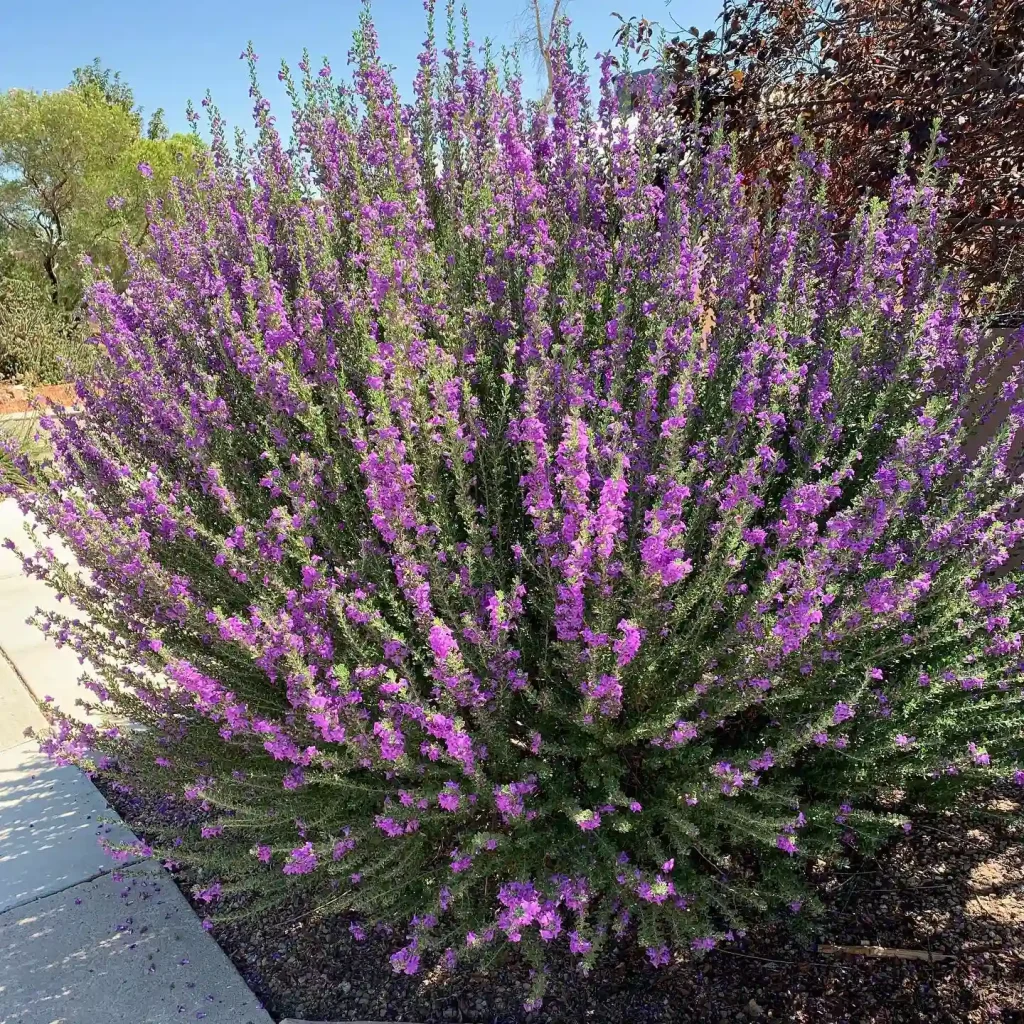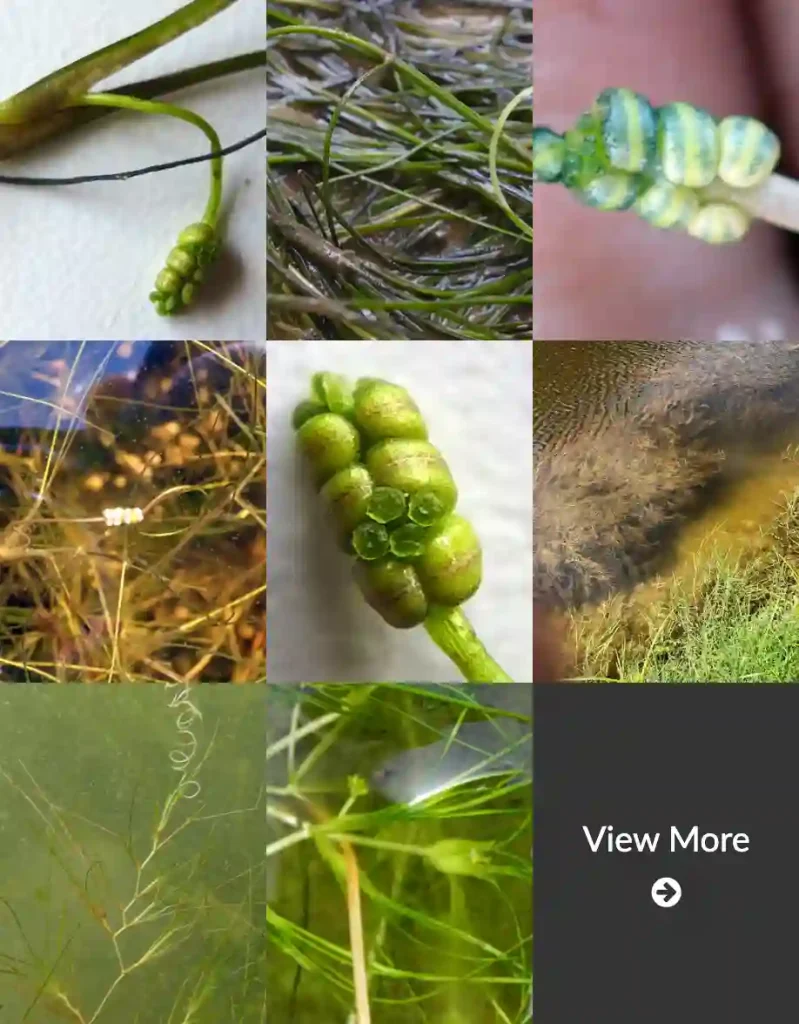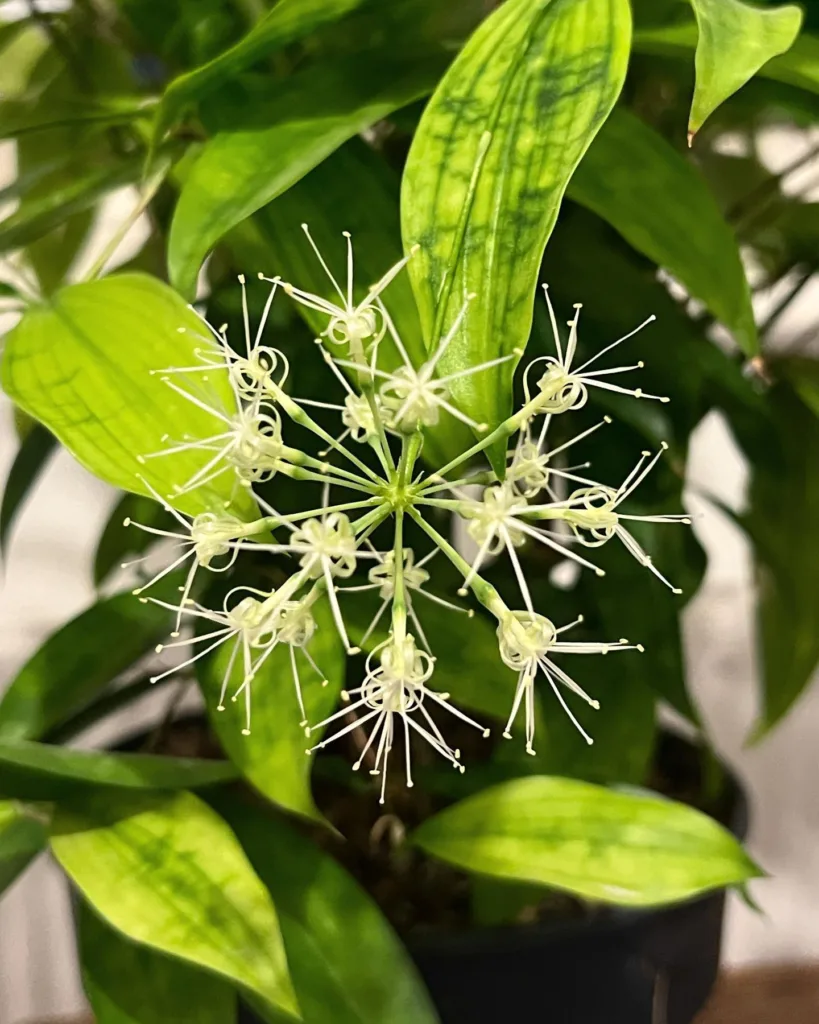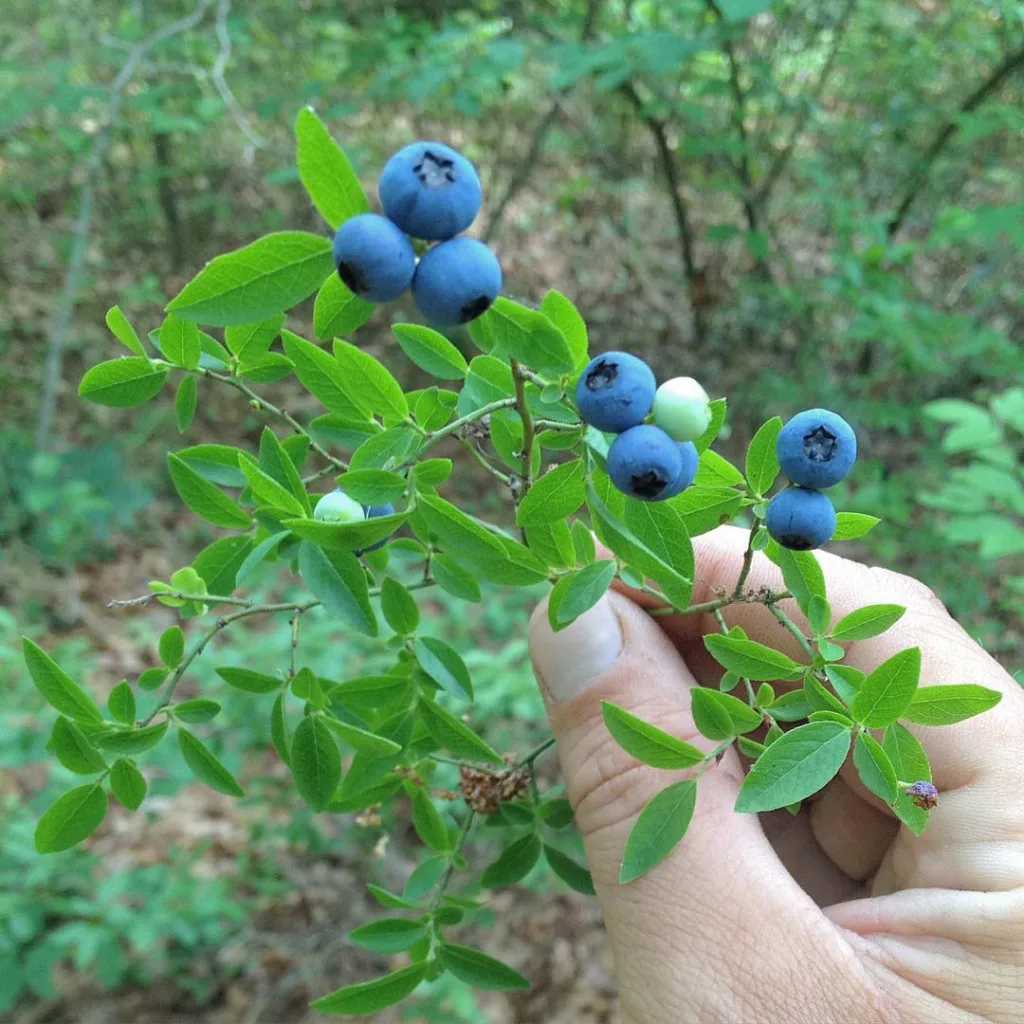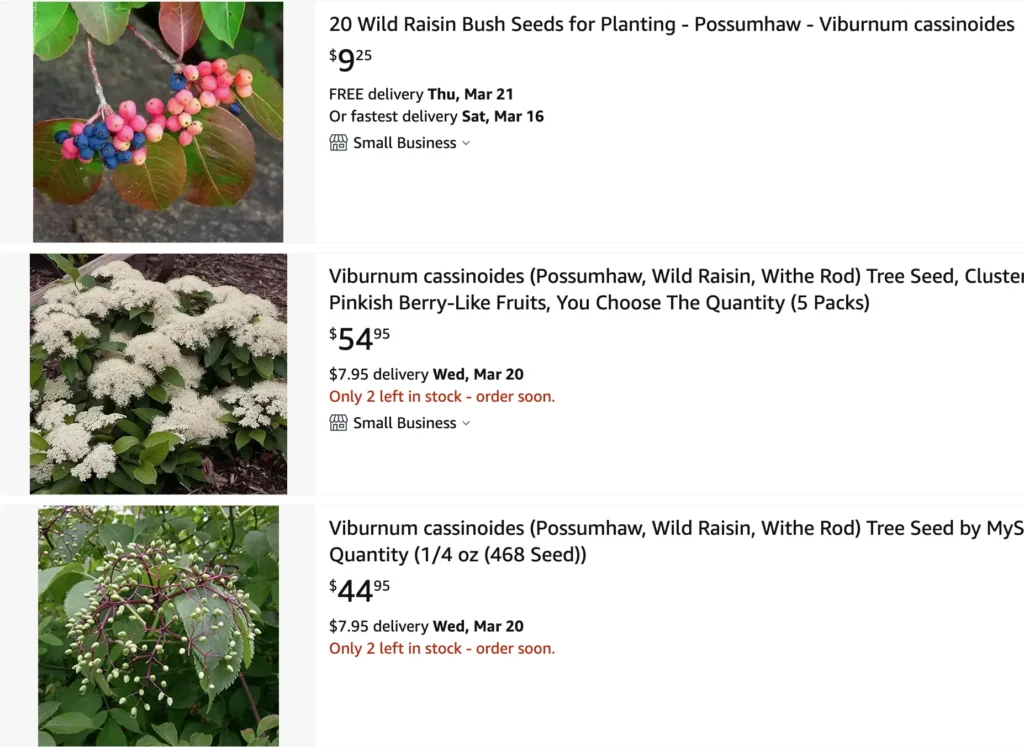
Possumhaw Power: A Guide to Ilex Decidua
For years, I’ve been captivated by the resilience of native plants. They thrive in local conditions, providing food and shelter for wildlife, and often boast unique characteristics. Enter Ilex decidua, the possumhaw – a deciduous holly that’s become a fixture in my garden.
This isn’t your typical holly. Unlike its festive evergreen cousins, the possumhaw sheds its leaves in a blaze of yellow and orange come fall. But what it lacks in winter greenery, it makes up for in springtime beauty and autumnal charm.
Plant Family: Aquifoliaceae – 569 Species in Genus Ilex – Holly Tree
Ilex decidua vs ilex vomitoria
When comparing Ilex decidua and Ilex vomitoria, I’ve found Ilex decidua, with its bright red berries and striking fall color, really stands out in my garden, while Ilex vomitoria’s more subtle appearance tends to blend in with the surroundings.
Possumhaw vs yaupon
In my yard, Possumhaw is a favorite for its beautiful red berries that persist through winter, creating a stunning contrast with the bare branches, whereas Yaupon, though also adorned with berries, has a more understated look and doesn’t have the same visual impact for me.
Possumhaw vs winterberry
Possumhaw and Winterberry are both great for adding color in the winter, but I prefer Possumhaw because its vibrant berries last longer and add a splash of brightness when the garden is otherwise quite dull, whereas Winterberry’s berries are a bit more fleeting and less dramatic in my experience.
How to Care for Ilex Decidua?
The possumhaw isn’t fussy. It thrives in full sun to part shade, tolerates various soil types, and requires minimal pampering. Here’s the lowdown on its care:
- Planting: Choose a well-draining spot. Dig a hole twice the width of the root ball and amend the soil with compost if needed. Plant at the same depth it was growing in the container. Water deeply and regularly, especially during the first year.
- Watering: Once established, possumhaw is drought tolerant. Water deeply during prolonged dry spells, but avoid soggy soil.
- Pruning: Prune lightly in late winter or early spring to maintain desired size and shape. You can also remove dead or diseased branches.
What to Plant with Ilex Decidua?
The possumhaw’s versatility makes it a great companion for various plants. Here are some ideas:
- Spring Symphony: Combine it with early spring bloomers like Virginia bluebells (Mertensia virginica) or columbine (Aquilegia canadensis) for a vibrant display.
- Summer Sizzle: Add perennials like butterfly milkweed (Asclepias tuberosa) or black-eyed Susan (Rudbeckia fulgida) for a burst of summer color.
- Fall Flair: Plant it alongside ornamental grasses like switchgrass (Panicum virgatum) or little bluestem (Schizachyrium scoparium) for a textural contrast and autumnal interest.
Birdsong and Berries: The Value of Ilex Decidua
The possumhaw isn’t just visually appealing; it’s a haven for wildlife. Birds adore the bright orange-red berries that appear in fall on female plants (more on that later). They’ll readily gobble them up, providing a valuable food source during winter.
The intricate network of branches offers nesting sites for smaller birds, adding another layer of ecological significance to this shrub.
Is Ilex Glabra Deciduous?
While both Ilex decidua (possumhaw) and Ilex glabra (inkberry) belong to the holly family, they differ in their leaf retention. Ilex glabra is indeed evergreen, keeping its dark green leaves throughout the year. So, if you’re looking for a winter holly with a touch of elegance, inkberry might be a better choice.
What is the Name of a Male Ilex Decidua?
The possumhaw is a dioecious plant, meaning there are separate male and female plants. You won’t be able to identify the sex of your possumhaw until it reaches maturity and produces flowers. Male plants have small, inconspicuous flowers, while female plants produce the showy berries.
Who Sells a Male Ilex Decidua?
Unfortunately, most nurseries don’t sell possumhaw by sex. They’re typically sold as seedlings or young plants, and their sex remains unknown until they flower. However, some online retailers might offer them by sex, so it’s worth checking with specialized plant vendors.
If having berries is a priority, you can plant several possumhaws and hope for at least one female among them. Alternatively, consider planting a single female and a male of a different holly species that blooms at the same time. This cross-pollination can ensure berry production on your female possumhaw.
The possumhaw’s adaptability, vibrant displays, and ecological value have cemented its place in my garden. With a little care, this native wonder can add a touch of wild beauty to your landscape as well.
If i die, water my plants!
